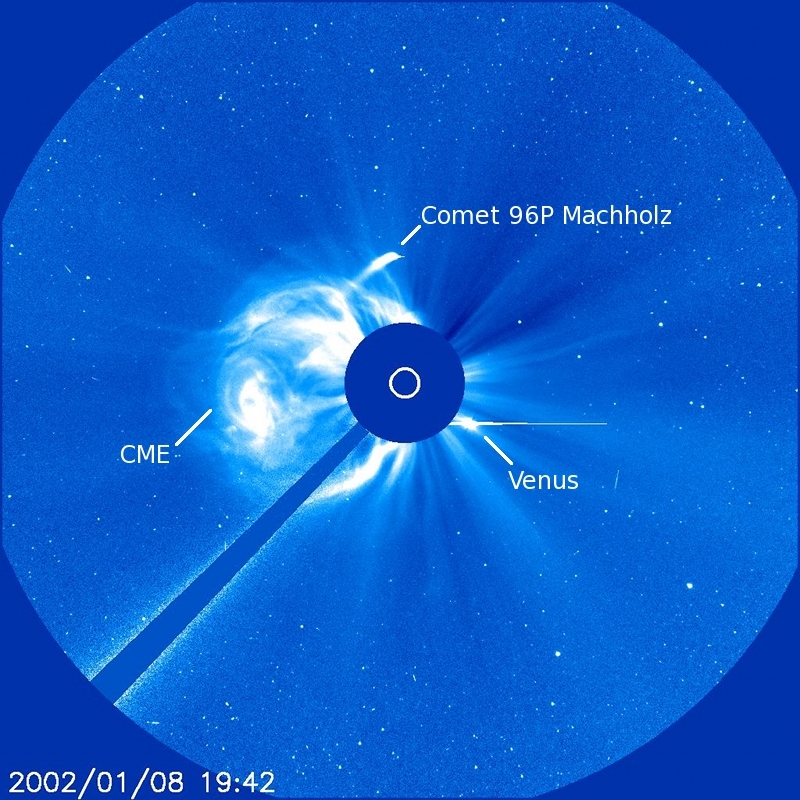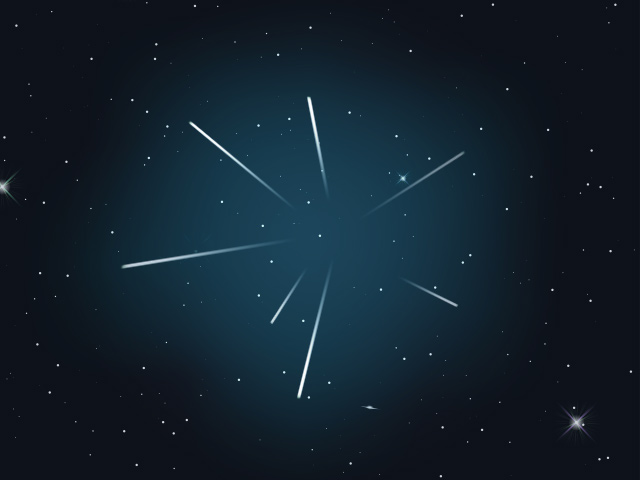Southern Delta Aquariids

Southern Delta Aquariids Meteor Shower
The Southern Delta Aquariids are active beginning in mid-July and are visible until late August.
Fast Facts
Comet of Origin | Unknown, 96P Machholz (suspected) |
Radiant | Constellation Aquarius |
Active | July 18, 2022 – Aug. 21, 2022 (Peak July 31) |
Meteor Count | Approximately 20 meteors per hour |
Meteor Velocity | 40 km (25 miles) per second |
About the Meteor Shower
The Southern Delta Aquariids are active beginning in mid-July and are visible until late August. These faint meteors are difficult to spot, and if the Moon is visible, you will not be able to view them. If the Moon is not out, your best chance to see the Southern Delta Aquariids is when meteor rates rise during the shower's peak at the end of July.
If you are unable to view the Southern Delta Aquariids during their peak, look for them again during the Perseids in August: You will know that you have spotted a Southern Delta Aquarid if the meteor is coming from the direction of the constellation Aquarius – its radiant will be in the southern part of the sky. The Perseid radiant is in the northern part of the sky.
Viewing Tips
The Southern Delta Aquariids are best viewed in the Southern Hemisphere and southern latitudes of the Northern Hemisphere. Find an area well away from city or street lights. Come prepared with a sleeping bag, blanket, or lawn chair. Lie flat on your back and look up, taking in as much of the sky as possible. Looking halfway between the horizon and the zenith, and 45 degrees from the constellation of Aquarius will improve your chances of viewing the Southern Delta Aquariids. In less than 30 minutes in the dark, your eyes will adapt and you will begin to see meteors. Be patient – the show will last until dawn, so you have plenty of time to catch a glimpse.
Where Do Meteors Come From?
Meteors come from leftover comet particles and bits from broken asteroids. When comets orbit the Sun, the dust they emit gradually spreads into a dusty trail around their orbits. Every year the Earth passes through these debris trails, which allows the bits to collide with our atmosphere where they disintegrate to create fiery and colorful streaks in the sky.
The Comet
The pieces of space debris that interact with our atmosphere to create the Southern Delta Aquariids are suspected to originate from comet 96P/Machholz. This short-period comet orbits the Sun about once every five years.
Comet Machholz was discovered by Donald Machholz in 1986. Comet Machholz's nucleus is about 4 miles (6.4 kilometers) across (a little more than half the size of the object hypothesized to have led to the demise of the dinosaurs).
The Radiant
Their radiant – the point in the sky from which the Southern Delta Aquariids appear to come – is the constellation Aquarius. The third brightest star within this constellation is called Delta. This star and the constellation are also where we get the name for the shower: Southern Delta Aquariids.
Note: The constellation for which a meteor shower is named only serves to aid viewers in determining which shower they are viewing on a given night. The constellation is not the source of the meteors. The name of a star (Delta) is part of this shower's name in order to help distinguish it from another meteor shower, the Eta Aquariids, which peak in May.





